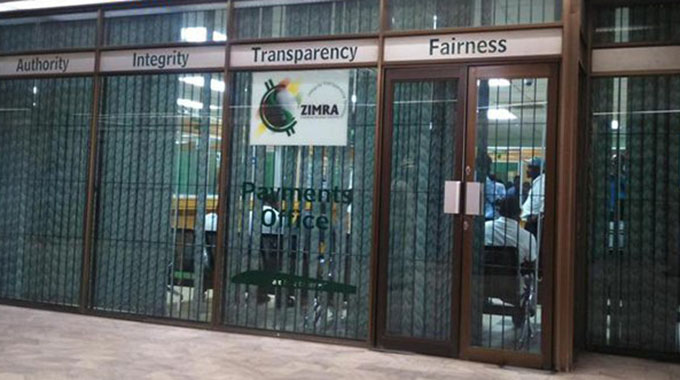
Thupeyo Muleya Beitbridge Bureau
The Zimbabwe Revenue Authority (Zimra) has configured the Automated System for Customs Data (ASYCUDA) to accept the clearance of designated goods in foreign and local currency.
The move is expected to minimise technical challenges importers have been facing in processing the customs and excise clearance of goods in line with Statutory Instrument (SI) 252A of November 2018.
Under the SI specified goods are levied excise duty in local currency and customs duty is charged in foreign currency.
According to the country’s laws, customs duty is levied on imported goods in terms of the Customs and Excise Act (Chapter 23:02), whilst excise duty is levied on certain locally manufactured goods, and other imported goods falling under the Excise Tariff even if they are entered under Trade Agreements.
Additionally, applicable rates of Customs and Excise Duties are set out in the Customs Tariff Handbook, which is published in the form of a statutory instrument.
In a statement on Sunday, Zimra said it was important for importers and customs clearing agents to take note of the new clearance system.
“There have been technical challenges regarding the clearance of goods where duties are paid in both foreign and local currency on one Bill of Entry,” said the organisation.
“The excise duty is payable in local currency and the customs duty in foreign currency. In light of this, the ASYCUDA system has been configured to accept clearance of designated excisable goods where amounts payable are charged in foreign currency and part in local currency.
“All importers or clearing agents are directed to register two bills of entry on the importation of designated excisable goods, where both excise and customs duties are due.
“The two declarations are EXC2 and IM4”.
According to Zimra, under the new order, the EXC2 is registered first to collect the local excise while the IM4 will then be registered to collect the customs duty in foreign currency and has been configured to exclude the local excise duty.
The revenue authority said modalities had been put in place to ensure that the excise duty is assessed immediately to allow the declarant to print and attach the EXC2 to the IM4 (customs duty bill of entry.
“The IM4 should be cross-referenced on registration with the EXC2 and the importers or customs clearing agents should ensure that the EXC2 is first registered and cross-referenced to the IM4 to avoid delays in examining the bills of entry,” Zimra said.
Some of the commercial goods listed on SI 252A as attracting both excise and customs duty include assorted food items (cheese, groundnuts, fish, fruits, chocolates, meat, margarine (excluding liquid), cigars, cheroots and cigarillos containing tobacco, vehicles for travelling on snow, golf cars, for racing, motor vehicles for the transport of goods being double cab vehicles, electric blankets, specified liquor products, and cosmetics among others).
